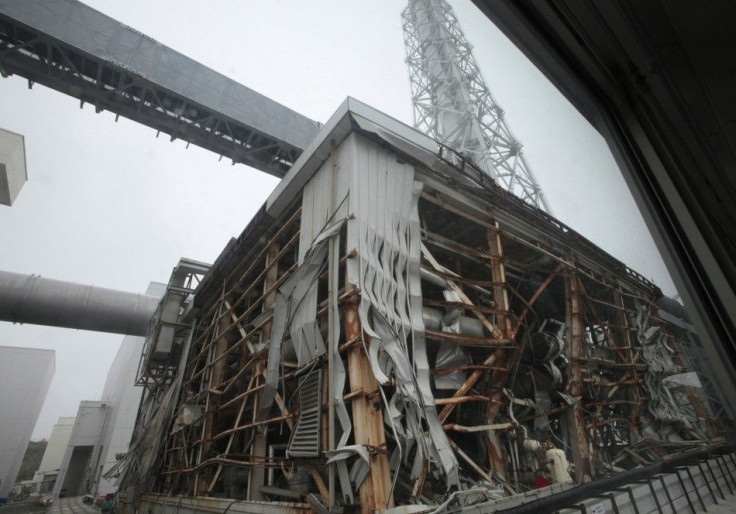Japan to Perform Controlled Nuclear Meltdown, Wants to Study Causes and Prevention Techniques

The Japan Atomic Energy Agency (JAEA) announced on Thursday it will be performing a controlled nuclear meltdown project at a research facility in Ibaraki, north of Tokyo. The project aims to understand what causes certain malfunctions and how to prevent such occurrences from happening in the future.
"We want to study exactly how meltdowns happen and apply what we will learn to help improve ways to deal with severe accidents in the future," an unidentified spokesman for the government-backed engineering agency said.
The experiment will be carried out at the Nuclear Safety Research Reactor in Tokai, Ibaraki Prefecture. It will use small 30-cm-long test fuel rods placed inside a stainless-steel capsule. It will start a very rapid nuclear fission process, according to the spokesman.
The agency wants to know at what specific high temperatures the fuel rods will start to melt as well as the rate and speed of melting. JAEA said it will install a camera inside the capsule to record the process.
"We hope to use the data obtained through the experiment to improve the accuracy of the analysis of the Fukushima accident," the JAEA official said.
It will be Japan's first time to conduct such an experiment. Other nations that have tried the process were the United States and France.
"They are, however, very expensive and preparations are extremely difficult, so there's relatively little data available from this type of experiment, and this is one of the reasons why the Japanese are doing this one now," Edwin Lyman, a senior scientist at The Union of Concerned Scientists, told VOANews.
"This type of experiment is usually under very carefully controlled conditions," he said. "The amount of material involved is very small and the facility is going to be secured and filtered. So I think there's very little risk associated with this experiment to the public."
A magnitude-9 earthquake in March 2011 triggered a huge tsunami, crippling the Fukushima nuclear plant and sparking three massive nuclear meltdowns.
State officials likewise hoped the experiment could give clues on the state of the fuel still inside the three crippled reactors.




















